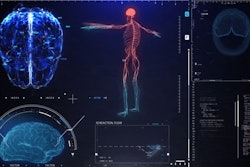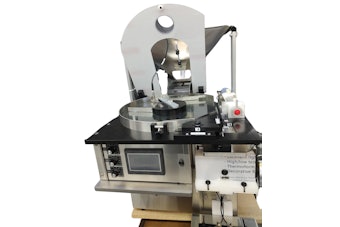Typhoid fever is spread via contaminated food and water, and is rampant in poor and remote areas that lack proper sanitation. It is difficult to diagnose since its symptoms are shared with many other ailments, and existing diagnostics are slow, expensive, scarce and only about 60% sensitive.A recent Medgadget article discussed a new and improved way to detect typhoid and determine its incidence over time.
A team of researchers at UC Davis Health created a diagnostic test that starts with a finger prick and a lone drop of blood. The test measures antibody levels against two different antigens: Hemolysin E and Salmonella lipopolysaccharide. They also developed an AI-based method to determine how much time has passed since the person was infected, which helps characterize the dynamics of infection across populations.






















